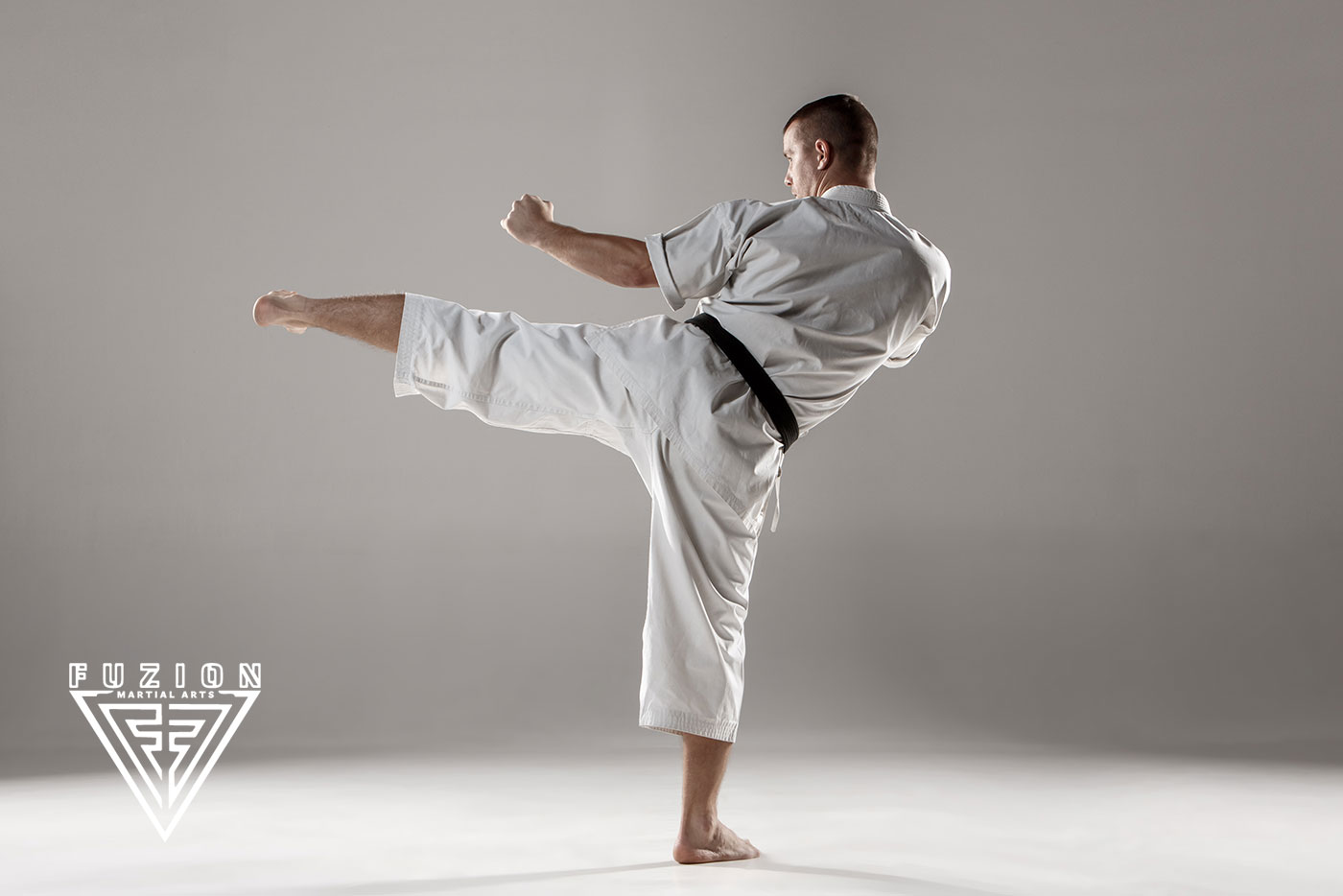
- 824
Introduction
Karate, once a dominant force in the martial arts scene in the United States, has seen a noticeable decline in practice and popularity over recent years. This trend raises questions about the factors contributing to this decline and what it means for the future of traditional martial arts in America.
Historical Popularity of Karate
Karate gained widespread popularity in the United States during the 1960s and 1970s, spurred by the influence of Hollywood films and the rise of martial arts legends like Bruce Lee and Chuck Norris. Karate dojos proliferated across the country, and participation in karate tournaments became a significant part of the American sports landscape.
Factors Contributing to the Decline
•The emergence of MMA and organizations like the UFC has shifted public interest towards more dynamic and versatile forms of combat sports. MMA’s emphasis on a combination of striking, grappling, and submission techniques has made it more appealing to younger generations seeking comprehensive self-defense skills.
•Brazilian Jiu-Jitsu has grown exponentially, particularly among those interested in ground fighting and submission techniques. BJJ’s effectiveness in real-world self-defense scenarios and its prominence in MMA have contributed to its rising popularity, often at the expense of traditional striking arts like karate.
•Modern entertainment and lifestyle changes have altered how children and adults spend their leisure time. Video games, social media, and other digital distractions have decreased participation in physical activities, including traditional martial arts.
•There is a growing perception that karate is less practical in real-world self-defense than other martial arts that incorporate a broader range of techniques. This perception has led some potential students to opt for arts like Krav Maga or MMA, which are more directly applicable to self-defense scenarios.
•Some critics argue that karate has failed to modernize and adapt to contemporary martial arts trends. The adherence to traditional practices and techniques, while culturally significant, may not resonate with today’s youth looking for more dynamic and varied martial arts experiences.
Impact on Karate Dojos
The decline in karate’s popularity has led to a decrease in the number of dojos and students. Many traditional karate schools have struggled to maintain enrollment numbers, leading some to close their doors or shift their focus to other martial arts to stay viable.
Efforts to Revitalize Karate
•Some karate schools are incorporating modern training techniques and cross-training with other martial arts to attract new students. This hybrid approach can help make karate more appealing to a broader audience.
•Emphasizing karate’s philosophical and character-building aspects, such as discipline, respect, and perseverance, can differentiate it from other martial arts and attract those interested in holistic personal development.
•Increasing community engagement through demonstrations, workshops, and public events can help raise awareness about the benefits of karate and attract new students.
•Using social media, online tutorials, and virtual training sessions can help reach a wider audience and make karate more accessible to people who might not be able to attend a physical dojo.
The diminishing practice of karate in the United States reflects broader trends in martial arts and cultural shifts. While the rise of MMA and other combat sports has drawn interest away from traditional karate, there are still opportunities for revitalization. By adapting to modern trends and emphasizing the unique benefits of karate, the martial art can find a renewed place in the American martial arts landscape.
